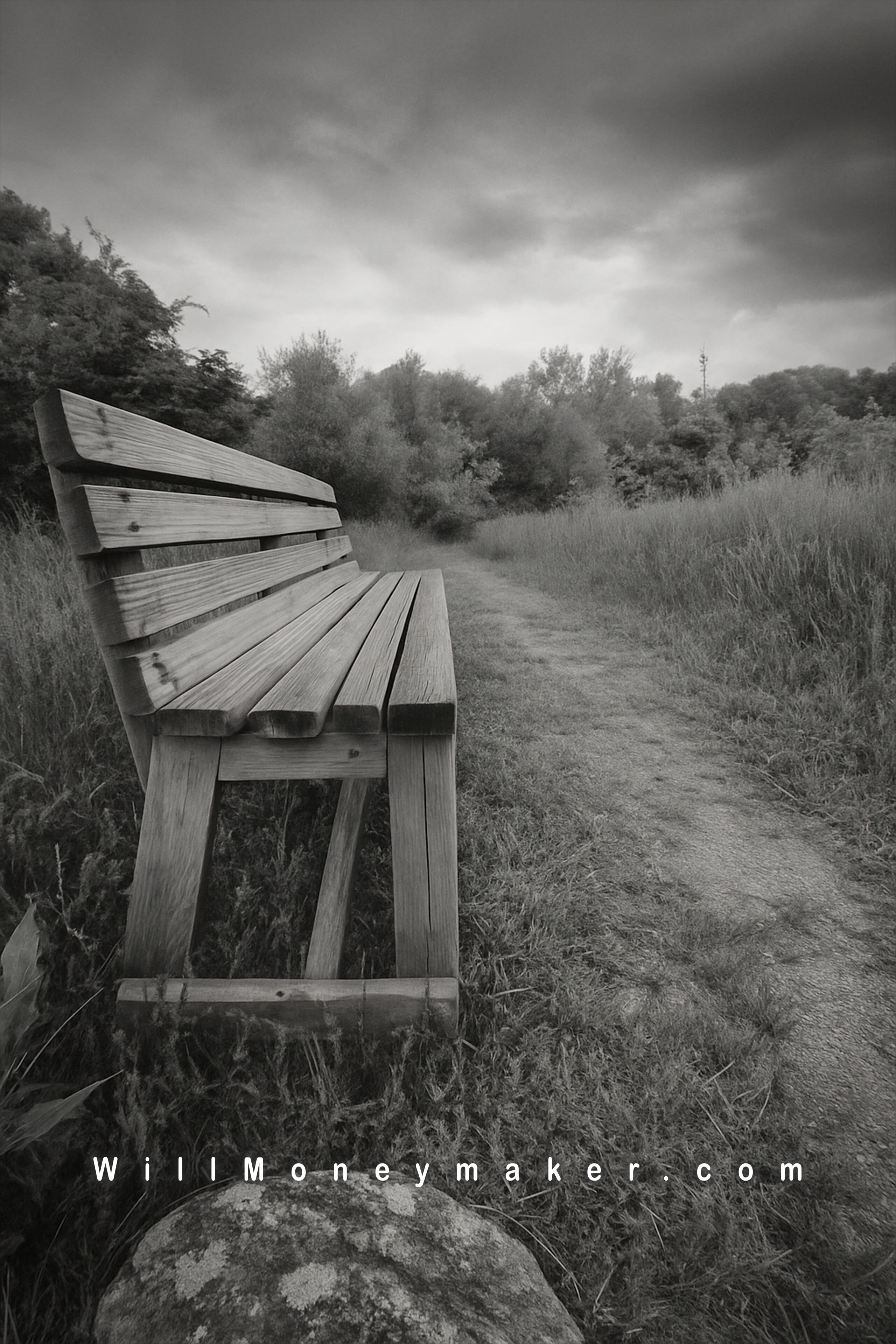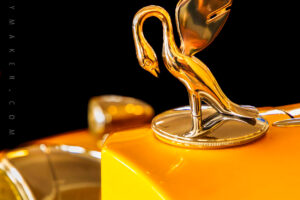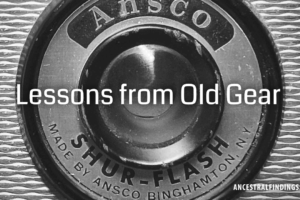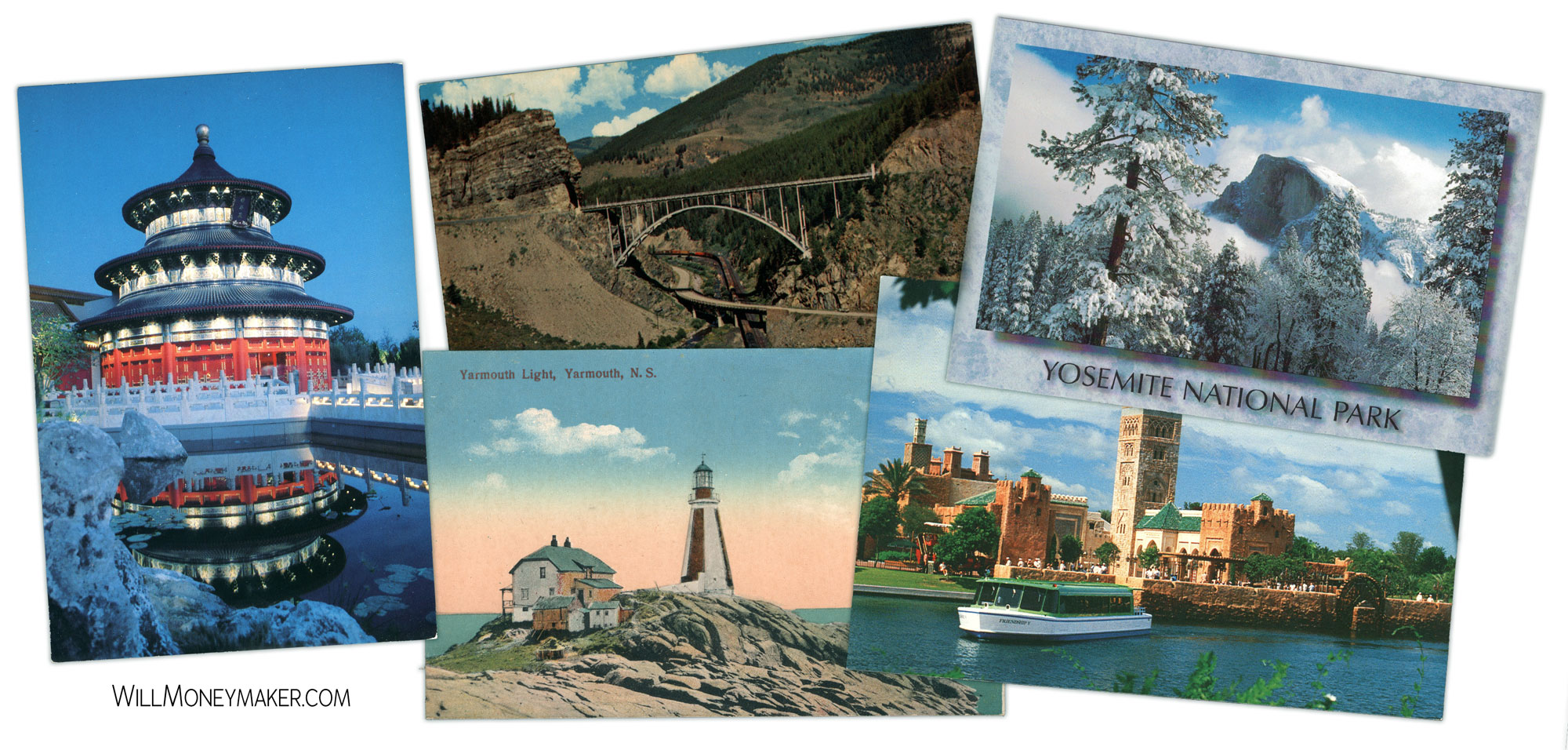A reflection on preparation, perception, and what really matters when the shutter clicks.
There’s a familiar ritual before every photography trip. The suitcase waits open, half filled with clothes and cables, but the real challenge sits beside it—the camera gear. I start stacking lenses, checking chargers, counting batteries, and convincing myself that this time I’ll finally pack smart. Then the second-guessing begins. Will I need the long lens? Maybe. What if I see wildlife? Better take it. The macro? Could come in handy. The tripod? Probably too heavy, but what if the light calls for it?
Soon, the table’s covered in carefully chosen possibilities. I know I can’t take everything, but each piece whispers its own argument. That quiet debate becomes a strange kind of comfort. There’s reassurance in the act of preparing, in the illusion that the right combination of tools will keep me from missing the perfect shot. I’ve spent more hours planning what to take than actually shooting—and somewhere in that planning, a lesson hides.
The Psychology of Over-Preparation
Photographers chase control. We can’t control weather, light, or luck, so we control what we can: the gear. The idea that more equipment equals more readiness is seductive. It feels like professionalism, but it’s really fear wearing a useful disguise. We over-pack to silence the worry that we might miss something beautiful.
The “what if” voice in a photographer’s head is persistent. What if there’s a shot only that one filter could handle? What if the wide angle doesn’t quite fit the scene? So, into the bag it all goes. Yet what starts as preparation often becomes distraction. The more options we have, the harder it is to see clearly.
Over-preparation is a form of self-doubt. It’s the belief that creativity needs backup. But creativity thrives in limits, not abundance. When everything is possible, nothing feels urgent.
Reality in the Field
Then comes the first morning in the field. The light is soft, the world quiet, and the air holds that promise that makes you raise the camera before you even think. You open your bag and—without hesitation—grab the one lens you always reach for. Hours later, you realize the rest of your gear never left the bag.
It happens every time. The tools we bring for “just in case” moments rarely meet those moments. The best photographs seem to happen when you stop thinking about equipment altogether. The bag becomes background noise, and you start responding to what’s actually in front of you—the shape of light on water, the way clouds close around a peak, the quiet motion of a street waking up.
There’s something revealing in that. Gear doesn’t make you ready; awareness does. Once you start shooting, all that careful planning dissolves into instinct.
Stuff Not Used
When I unpack after a trip, I always notice a small pile of gear that traveled hundreds of miles but never saw a second of use. It might be a flash, a filter, or that lens I thought I couldn’t live without. Each piece represents a version of myself I expected to show up on the trip—a more technical version, or maybe a braver one. But once I was out there, the photographer I actually am took over.
That pile isn’t a mark of failure. It’s a portrait of imagination. The unused gear shows how I picture myself before a trip: someone who might shoot long exposures at night or macro studies at dawn. Sometimes those things happen, but often they don’t—and that’s fine. The unused gear reveals who I thought I might be. The photos I take reveal who I am.
Every lens that stays in the bag teaches me something about my real habits. The gear I didn’t use helps refine my sense of what matters. It tells me what kind of photographer I am becoming—not through what I bring, but through what I don’t need.
Freedom Through Simplicity
There’s a strange freedom in packing light. The first time I left half my gear behind, I felt reckless. But by midday, I felt sharper, lighter, more aware. Without the weight, I noticed details I might have missed. I moved through the landscape with ease instead of calculation.
Carrying less makes room for attention. It also builds trust. When you travel with one or two tools, you’re forced to commit. You stop wondering what other shots you could make and start investing in the one you’re making now. The photograph becomes a conversation instead of a collection of options.
Minimalism in photography isn’t about austerity. It’s about clarity. It means understanding your tools well enough to know which ones truly serve your way of seeing. The fewer choices you have, the deeper your seeing becomes.
The Value of Restraint
Every art form wrestles with temptation. Painters collect brushes, musicians buy pedals, photographers hoard lenses. Gear promises mastery, but mastery rarely comes from equipment. It comes from restraint.
Restraint forces intimacy. When you commit to one camera, you learn its quirks, its strengths, its limits. You begin to anticipate it, to move with it like a partner in a slow dance. That relationship between photographer and tool is where creativity deepens.
Restraint doesn’t mean denial; it means refinement. It’s about stripping away the excess until only the essentials remain. That’s when your vision starts to feel honest. It’s not about following a trend toward minimalism—it’s about focusing on what brings you closer to your subject and yourself.
Lessons from the Unused
After every trip, I take stock. I think about what I packed, what I used, and what stayed sealed away. Patterns emerge. Certain tools earn their place every time, while others only appear out of habit. Over the years, those reflections become their own form of education.
Learning what not to bring is part of learning how to see. You start to recognize which lenses align with your instincts, which cameras suit your rhythm. The unused items fade out naturally, leaving behind a smaller, truer set of companions.
The act of choosing becomes an expression of identity. It’s not just about efficiency—it’s about knowing yourself. Each trip shapes your confidence a little more. You trust your eye, your gear, and your judgment. You realize that no piece of equipment can compensate for the connection between your mind and the moment.
Closing Reflection
Photography isn’t a contest of readiness. It’s an act of awareness. You don’t need to carry everything to be prepared; you just need to be present. The unused gear in your bag isn’t wasted—it’s a quiet reminder that creativity doesn’t come from what you have, but from how you see.
Before your next trip, spread your gear out on the table. Look at it honestly. Ask what truly belongs in your hands and what only belongs in your fears. Pack for who you are, not for who you imagine you might become. Then step into the world lighter, steadier, and ready to see what’s waiting.
The best photograph isn’t hiding in the gear you leave behind. It’s waiting in the moment you finally stop looking for it.





